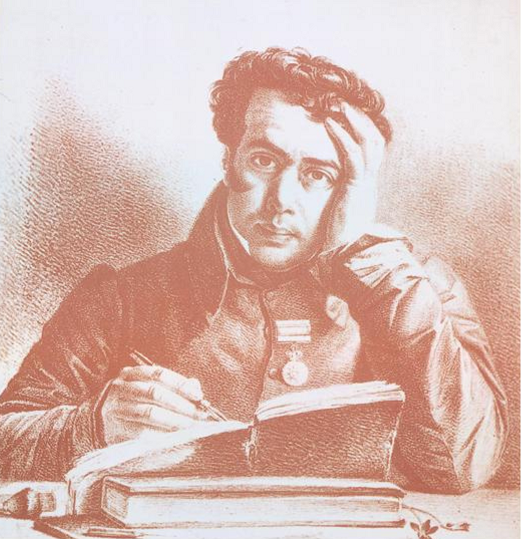On 11 April 1833, a decree was issued to the painter João Batista Ribeiro (pictured) informing him of the intention of His Imperial Majesty Pedro de Bragança to create a Museum of Paintings and Prints and other Fine Arts objects in the city of Porto.
The museum was set up in the extinct Convent of Santo António da Cidade, in Praça de S. Lázaro, and became known as the Ateneu D. Pedro IV, which gave rise to the Soares dos Reis National Museum.
João Batista Ribeiro, a figure of liberalism in Porto, was appointed Director of the Museum in 1836, inaugurating the exhibition Creation of the Museu Portuense: with official documents to serve the History of Fine Arts in Portugal, and that of the Siege of Porto. For his work as director of the Museum until 1839, he was considered a pioneer of Museology.
Painter, draughtsman, engraver and director of the Polytechnic Academy of Porto, João Batista Ribeiro was a pupil of Domingos Sequeira, who declared him his favourite disciple. Appointed cultural agent for the city of Oporto, he organised academies, museums, associations and coordinated the collection of assets from abandoned convents. It was with this collection that the first Portuguese public museum was created: the Museum of Painting and Engraving, later transformed into the Soares dos Reis National Museum.
João Batista Ribeiro’s oeuvre is essentially centred on large-scale portraits and religious paintings, which can be seen in various churches and museums across the country.
In 1839, the Museum was taken over by the Director of the Academia Portuense de Belas Artes, who organised a series of exhibitions that honoured notable artists such as Soares dos Reis, Silva Porto, Marques de Oliveira and Henrique Pousão, in successive generations of masters and disciples.
With the proclamation of the Republic, it was renamed the Soares dos Reis Museum in memory of one of the most outstanding names in Portuguese art, and in 1932 it became a National Museum.

